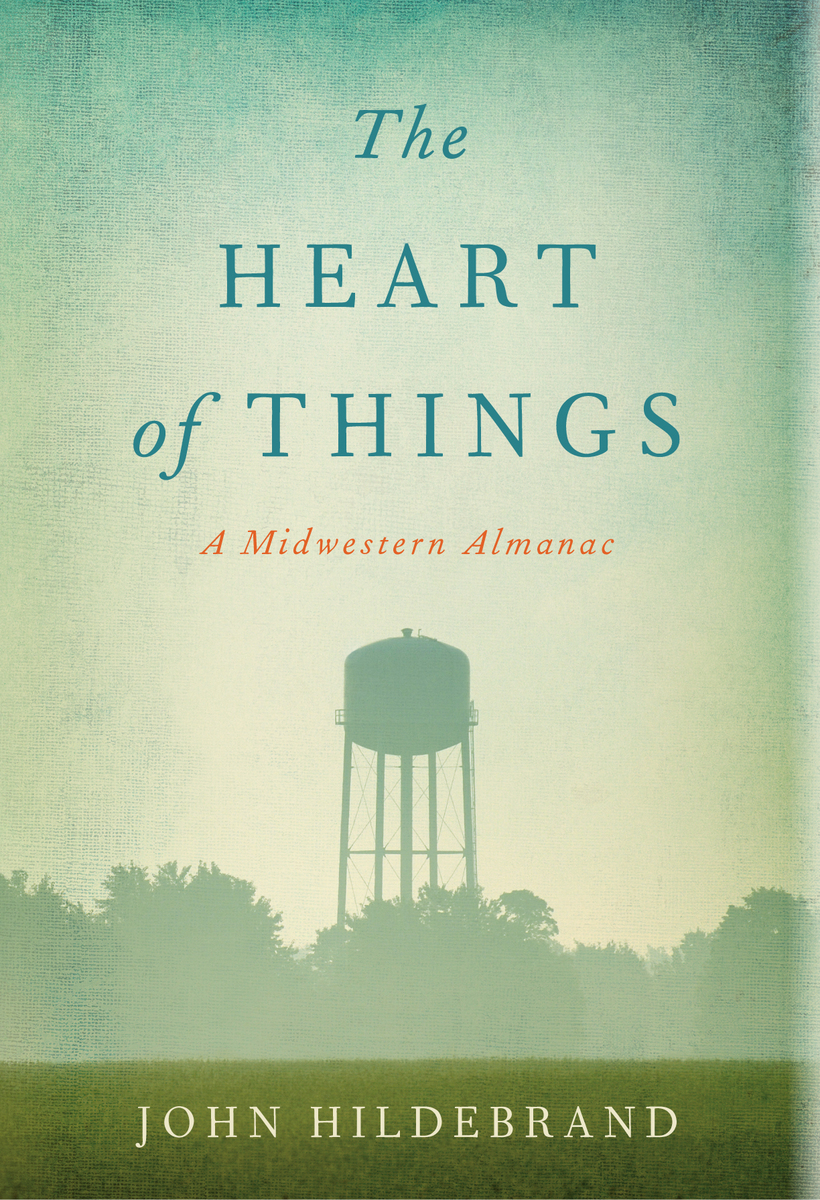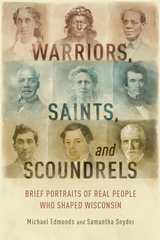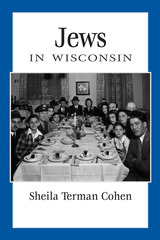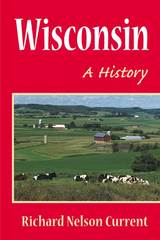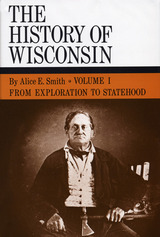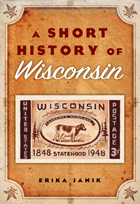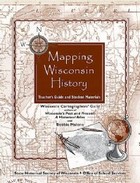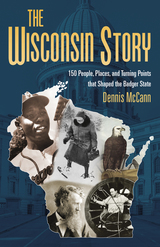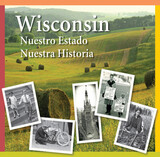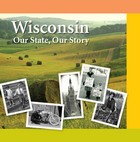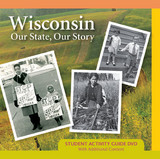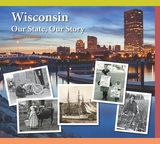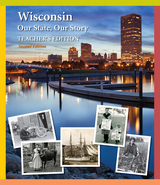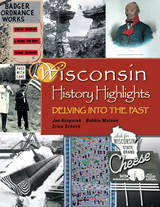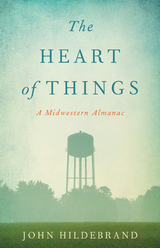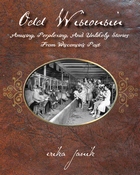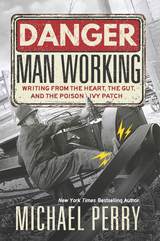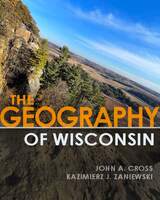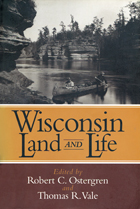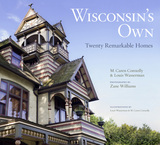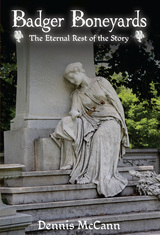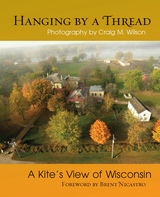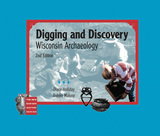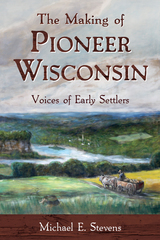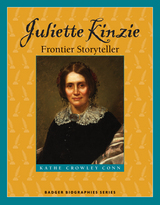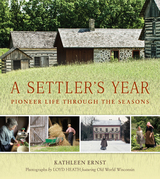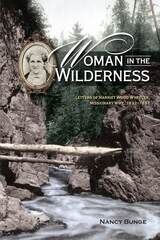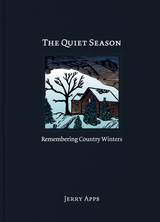The Heart of Things: A Midwestern Almanac
Wisconsin Historical Society Press, 2014
Cloth: 978-0-87020-672-6 | eISBN: 978-0-87020-673-3
Library of Congress Classification F581.6.H55 2014
Dewey Decimal Classification 977
Cloth: 978-0-87020-672-6 | eISBN: 978-0-87020-673-3
Library of Congress Classification F581.6.H55 2014
Dewey Decimal Classification 977
ABOUT THIS BOOK | AUTHOR BIOGRAPHY | REVIEWS | TOC
ABOUT THIS BOOK
“I’ve never believed that living in one place means being one thing all the time, condemned like Minnie Pearl to wear the same hat for every performance. Life is more complicated than that.”
In this remarkable book of days, John Hildebrand charts the overlapping rings—home, town, countryside—of life in the Midwest. Like E. B. White, Hildebrand locates the humor and drama in ordinary life: church suppers, Friday night football, outdoor weddings, garden compost, family reunions, roadside memorials, camouflage clothing. In these wry, sharply observed essays, the Midwest isn’t The Land Time Forgot but a more complicated (and vastly more interesting) place where the good life awaits once we figure exactly out what it means. From his home range in northwestern Wisconsin, Hildebrand attempts to do just that by boiling down a calendar year to its rich marrow of weather, animals, family, home—in other words, all the things that matter.
In this remarkable book of days, John Hildebrand charts the overlapping rings—home, town, countryside—of life in the Midwest. Like E. B. White, Hildebrand locates the humor and drama in ordinary life: church suppers, Friday night football, outdoor weddings, garden compost, family reunions, roadside memorials, camouflage clothing. In these wry, sharply observed essays, the Midwest isn’t The Land Time Forgot but a more complicated (and vastly more interesting) place where the good life awaits once we figure exactly out what it means. From his home range in northwestern Wisconsin, Hildebrand attempts to do just that by boiling down a calendar year to its rich marrow of weather, animals, family, home—in other words, all the things that matter.
See other books on: Country life | Form | Heart | Humor | Middle West
See other titles from Wisconsin Historical Society Press
